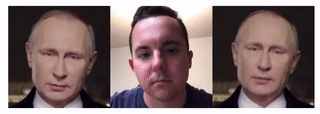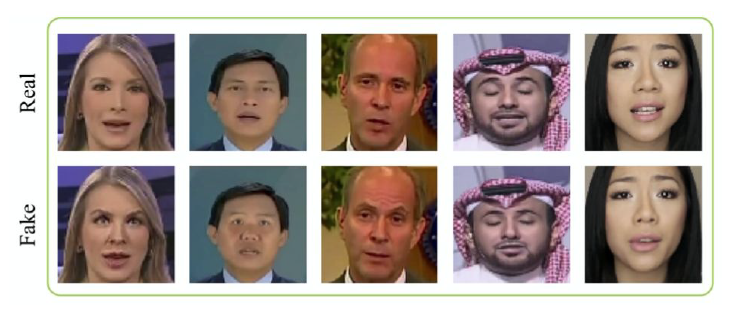Just as advances in machine learning gave rise to deepfake videos, so too can modern machine learning models be put to use to reliably detect fake media content. In this project I set out to do just that – first using deep neural networks to generate deepfake videos, then using neural networks to correctly distinguish between fake and unaltered media content. In each scenario, I test the system on a range of different videos in order to evaluate the effectiveness of the proposed network.

Goals
-
Utilize a generative deep neural network to create deepfake videos.
-
Train a neural network architecture to accurately identify deepfake videos.
-
Input a variety of altered media content to measure the effectiveness of the proposed systems.
Takeaways
-
The framework proposed in First Order Motion Model for Image Animation generates convincing deepfake videos.
-
The network proposed in Video Face Manipulation Detection Through Ensemble of CNNs consistently identifies fake media content.
-
Certain data augmentation operations are able to influence the classification results of the deepfake detection system.
